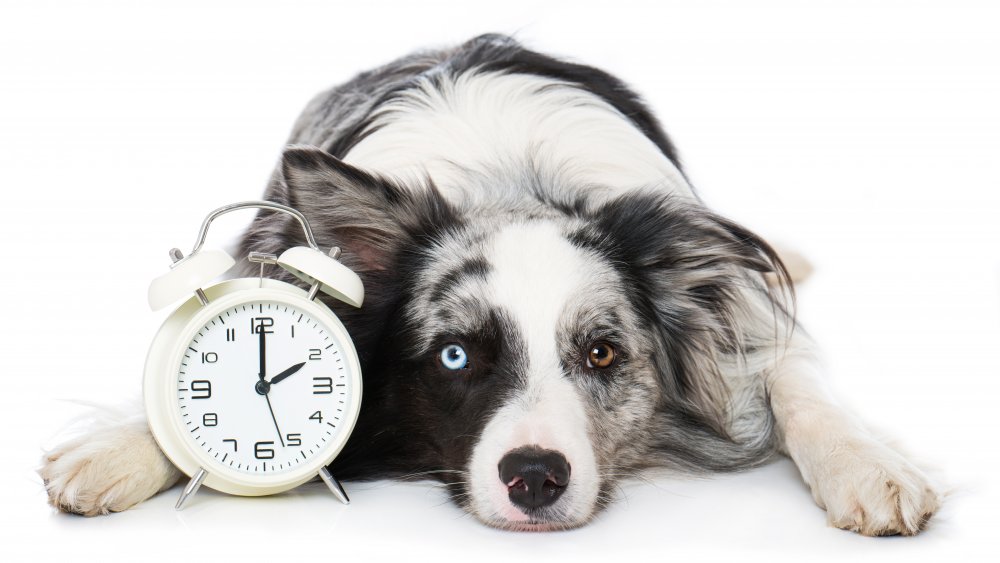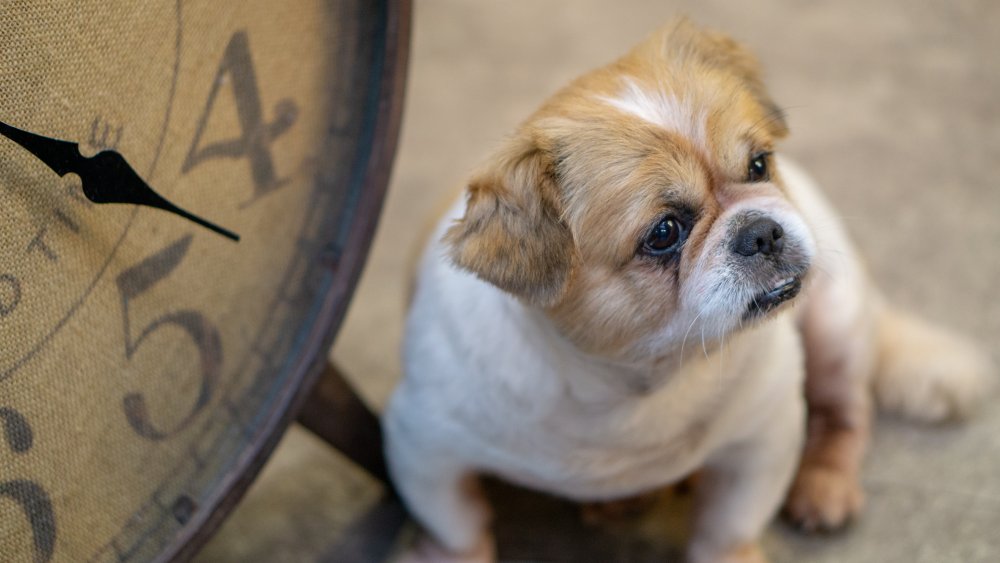The Truth About Dog Years
As time marches irrevocably onward, we are robbed, day by day, of folksy, old-timey truisms. Each debunking comes with another blow to the collective spiritual wherewithal: your chewing gum doesn't stay in your stomach forever after you swallow it, swimming right after you eat won't do diddly, and urinating on a jellyfish sting won't do anything much besides make you smell like pee. But even years after these old wives tales have been thoroughly debunked, they still seem to get passed around like mono at a private school. Hunter S. Thompson once said that myths and legends die hard in America. Myths and legends have got nothing on bullcrap.
Maybe that's why the idea of "dog years" has remained in the public consciousness so far into the internet age. Maybe a simple American lie is just easier to remember than a complicated truth. Or maybe dog years were the only way to effectively teach all of us how to multiply by seven. Whatever the case, let's gawk at the facts.
Dog years: pet's think about this
So the common knowledge goes like this: a dog ages seven years for every one year they're gracing us with their presence. Maybe it's our fault for being so difficult to live with, but who's to say?
Let's examine the facts, though. As was pointed out in a Business Insider article on the subject, presumably on a day when there wasn't much business going on, a 1 to 7 age ratio doesn't hold sway. It would mean that a pooch would be able to have puppies as a seven year old, and that the world's oldest pup died at 210 years old. The math just isn't there.
If you're looking for an easy-to-remember, hard and fast rule for how to estimate your dog's age, there's more bad news: there just isn't a catch-all equation. Since different breeds mature differently, a chihuahua and a dalmatian are going to age at different speeds, with small dogs generally outliving their gigantic counterparts. Most dogs are at the same phase of development as a 14 or 15 year old human at just one year old, but then their growth patterns branch off, breed by breed.
And some of them, specifically Labradoodles, outlive their creator's plan for them and become neo-gothic monsters of man's hubris. But that's a different story.

